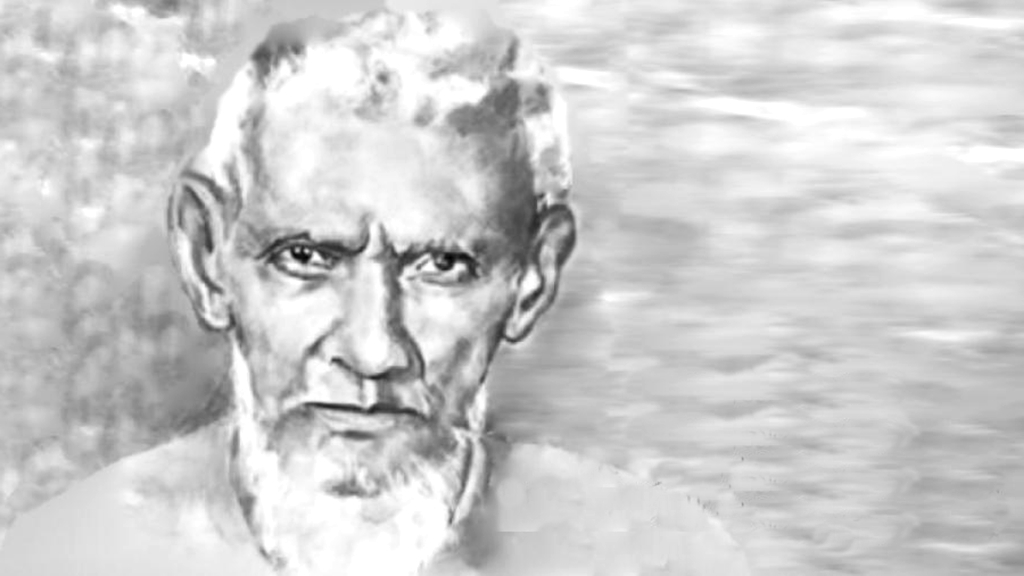
Professor G H Luce and Rohingya
- 02/05/2021
- 0
By Aman Ullah
Gordon Hannington Luce (1889–1979) was born in Gloucester, England. He was educated at Dean Close School, Cheltenham, and Emmanuel College, Cambridge, where he read classics and English literature. His Cambridge friends included Rupert Brooke, Arthur Waley, E.M. Forster, Maynard Keynes, and others who were later associated with the Bloomsbury Group. In 1912 he was appointed Lecturer in English Literature at Government College in Rangoon. The University of Rangoon was established in 1920 and Luce, who had been on study leave at the University of London and the Sorbonne, was offered a readership in history. Following the Japanese invasion of Burma in 1942, he and his wife Tee Tee fled to northern Burma and then across mountain paths to India. They returned to Rangoon in 1946. Luce was given a personal Chair of History at the University of Rangoon in 1953. In 1964 he was forced to leave the country for a second time, on account of his foreign nationality. He spent the rest of his life on a farm in Jersey, one of the Channel Islands.
Soon after his arrival in Rangoon, Luce became deeply interested in Burmese culture. He was encouraged by a Pali scholar, Pe Maung Tin, whose sister he married in 1915. He wrote many articles and translations on Burmese language, history, art, inscriptions and architecture, and particularly the culture of Pagan, the old Burmese capital. His magnum opus was the three-volume Old Burma: Early Pagan (1969–70). Phases of Pre-Pagan Burma was published posthumously in 1985.
Luce built up a huge library of books, card indexes of Burmese languages and transcriptions. He had to abandon it in 1942 and it was lost, possibly due to bombing and looting. After World War II, he rebuilt his collection, one of the finest private collections on Burmese history and culture.
The Luce Collection contains about 2000 books, pamphlets and serials. Most of the works are in English, but there are also some French, German and Dutch publications, over 100 titles in Burmese languages, and dictionaries, grammars and translations of Christian texts in various Asian languages. While the great strength of the collection is its Burmese materials, the scope of the collection is broad and includes books on the history and culture of Thailand, Cambodia, Laos, China, India and Indonesia. The language materials are even broader, extending to Tibetan, Persian, Japanese, and Pacific languages.
The coverage of Burma is comprehensive, taking in history, archaeology, inscriptions, geography, botany, agriculture, languages, tribal customs, travels, memoirs, art, and architecture.
At page 95 of his book ‘Phases of pre-Pagan Burma: languages and history, he wrote that,
“The main inhabitants of the Mayu river region east of the Naaf, who are known today as Rohinjas, are a fine type of devout and scholarly-minded Muslims, who claim to have inhabited this region on for a thousand years.”
Phases of Pre-Pagan Burma was Luce’s second main work after his Old Burma -Early Pagan (3 vols). This book was based on lectures delivered by Luce in 1966 at the Ecole des Langue Orientales Vivente in Paris. Having published Old Burma – Early Pagan in 1969-70, he had intended to complete similar works on the earlier and later periods. Phases of Pre-Pagan Burma was incomplete till he died in 1979 and it was subsequently edited by Dr Eugenie Henderson. The work, including numerous word lists, was published posthumously in two volumes in 1985 by Oxford University Press and the School of Oriental and African Studies at the University of London. The eight chapters of the text (vol. 1) cover Southern Mon-Khmer, Northern MonAnnam, Karens, Sak-Kantu (Thet-Kadu), Tircul, Pyu, Piao, Kyan (Chin), Mru and K’umi (N. Arakan), and Burma-Lolo.
Luce compared old Burma to the moon: one can see phases of the ancient history only and not the complete picture. “But it may yield partial glimpses of various phases of genuine history. In particular, it may show that some half-forgotten peoples, still surviving in remote corners of the hills, are not just primitive barbarians, but are, in reality, the fathers of Burma’s civilization as it is to-day.” (Luce from Preface dated Nov.1972.) Up to now, this is the only work which provides a comprehensive survey of the early languages of Burma.
Phases of pre-Pagan Burma: languages and history / by G.H. Luce
Bib ID 165358
Format Book
Author Luce, G. H. (Gordon Hannington), 1889-1979
Description Oxford; New York: Oxford University Press, 1985
2 v.: ill., maps; 24 x 31 cm.
ISBN 0197135951
Notes Includes bibliographical references and index.
In English and Burmese (in Roman script)
Subjects Burma — History — To 1824. | Burma — Languages — History







